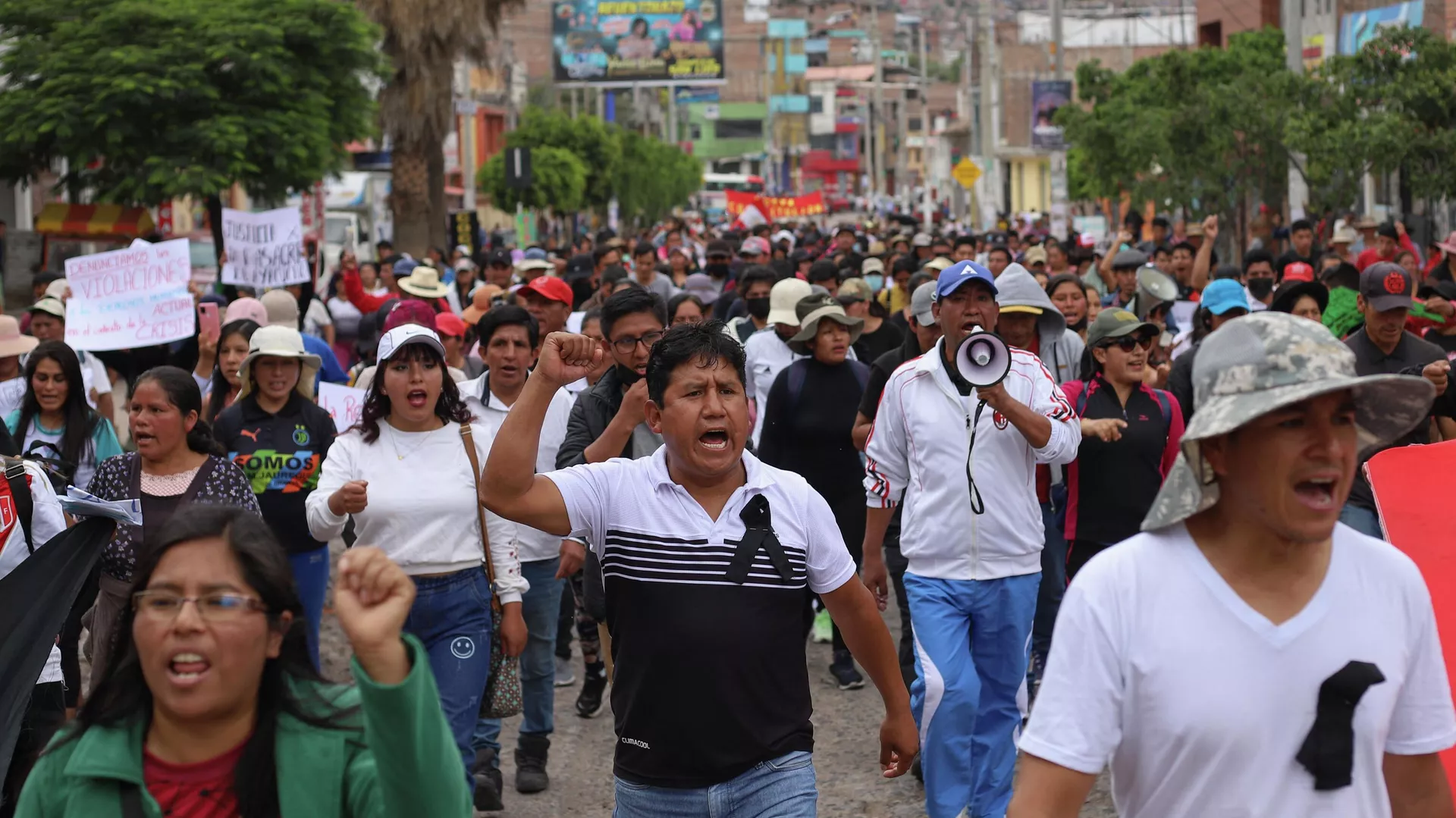AYACUCHO, Peru, Dec 27 (Reuters) – Edgar Prado, 51, a mechanic and driver from the city of Ayacucho in southern Peru, spent most of the day on Dec. 15 in his garage tinkering on his white Toyota Hilux pickup, even as protests began to build in the airport just a block away.
At 5.56 p.m. that day he would suffer a fatal gunshot wound to the chest and by 6.00 a.m. the next morning he would be dead, according to security camera footage reviewed by Reuters and his autopsy, one of ten people killed in the city in the most bloody violence that has roiled Peru in recent weeks.
Report an ad
The protests, the worst in years even in tumultuous Peru, have seen 22 people killed, the youngest just 15. The deaths threaten to keep anger fired up despite a lull in violence over the festive period in the heavily Catholic country.
The clashes with the Dec. 7 ouster of former president Pedro Castillo after he tried to illegally dissolve Congress to avoid an impeachment vote he feared losing. He was voted out of office shortly after and arrested for alleged “rebellion”. He denies the charges.
His arrest triggered an outpouring of anger at the country’s political elite and Congress, widely reviled as corrupt and self-serving, especially in Peru’s poor southern mining regions where rising food and energy costs have hit people hard.
As new President Dina Boluarte tried to stem the protests, which saw blockades of highways, buildings set on fire and airports invaded, the government declared a nationwide state of emergency on Dec. 14, curtailing some civic rights and allowing the armed forces to support the police maintaining public order.
Report an ad
A day later on Dec. 15 protesters in Ayacucho invaded the runway of the regional airport, a block away from Prado’s garage, where he lived and worked on Calle Los Angeles, which ran parallel to the airstrip. The airport was forced to suspend flights.
A security camera near the airport shows protesters invading the runway around 2 p.m., some throwing rocks and burning tires while troops gathered. Military helicopters circled above. The public ombudsman said gas grenades were thrown onto protesters below.
By 5 p.m. the violence spread outside the limits of the airport, and the shooting in the streets began. By the end of the night the clashes would leave 10 people dead or fatally wounded. The most recent died on Dec. 21.
At 5.55 p.m., security camera footage from a store on Calle Los Angeles opposite Prado’s home shows a group of protesters and others standing in the street.
The crowd is suddenly startled by something off camera and starts running. On the sidewalk on the far side of the road a person falls and lies still. A group of people come to check on the person, including Edgar who is seen walking the opposite way from the crowd and seemingly out of the entrance to his home. He kneels over the person and stays with them while others run off.
A minute later the footage shows Edgar is shot and collapses. He died the next morning on Dec. 16 from hemorrhagic hypovolemic shock, pulmonary and hepatic lacerations, and open chest trauma caused by a gunshot to the chest, according to his autopsy.
“The military is supposedly trained to fight terrorism, not take the lives of our residents,” his sister Edith told Reuters, adding that he had not been involved in the protests. “He was basically murdered by the military.”
She said Edgar left the house he shares with her after gunfire hit their gate and he saw protesters being hurt, a narrative that appears to tally with footage seen by Reuters. She showed Reuters bullet casings and marks on the door frame.




